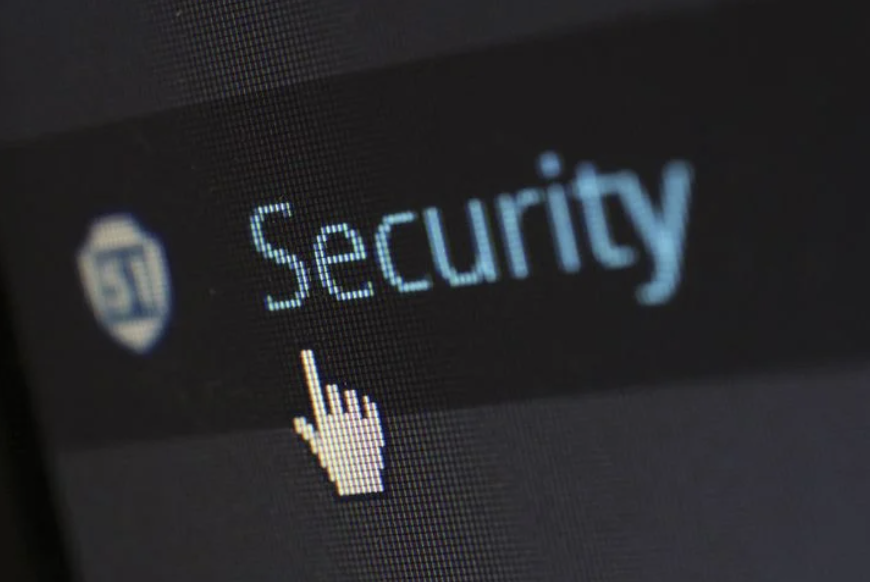The private information disclosed in the massive Equifax hack in September 2017 was more expansive than the credit monitoring company initially admitted. Along with Social Security numbers, birth dates, addresses and driver’s license numbers, the information also included people’s first, middle and last names, passport numbers, gender, phone numbers, credit card numbers (including expiration dates and the three-digit security code), email addresses and tax ID numbers.
The Wall Street Journal reviewed and reported on a document submitted to the Senate Banking Committee wherein Equifax says the additional information was accessed. The breach was caused by Equifax failing to patch a vulnerability to Apache Struts, according to former CEO and chairman Richard Smith.
As you’ll recall, more than 145 million people were affected by the breach, which took place from May to July 2017 but wasn’t announced to the public until September. For more on the breach, visit our blog post.
For the folks affected by the breach, it’s important to realize the threat persists even if you have yet to have your identity stolen. So what can you do? We’re glad you asked.
4 Steps You Can Take to Safeguard Your Identity
- Monitor your credit
This is easy to do for free and it’s silly to pay a company to do this. (Instead, consider paying for a membership to a restoration company — someone who will fix the damage if your identity is stolen.) Just remember, the threat is ongoing. It’s not going to do you any good to watch this closely for a few months and then get complacent and stop.
- Keep a close watch/sign up for alerts
You should keep a close eye on your bank and investment statements. Consider looking at them weekly rather than monthly. Also, watch the Explanation of Benefits statements from your health insurance company. Sign up for alerts on every account that allows it. Remain hypervigilant.
- Freeze your credit
Yes, you could and probably should freeze your credit (we explain how to do it here). And be sure you freeze your credit instead of locking it. For the lowdown on the difference between the two, check this out. The credit bureaus are pushing people to lock their credit rather than freeze it, but a freeze is definitely the better route.
But it’s important to note that while a credit freeze might be a good line of defense, there are also limitations. While it does help prevent some new accounts requiring a credit check from being opened (not all new accounts require a credit check), it doesn’t safeguard the accounts you already have open. Plus, it won’t prevent all types of identity theft.
That’s worth repeating: There are many serious forms of identity theft that won’t show up on your credit report, including criminal identity theft, Social Security identity theft, employment identity theft, tax identity theft and medical identity theft. Again, a credit freeze is only one defense against identity theft.
- Sign up for a restoration membership
The numbers are out and 2017 was the worst year yet for identity fraud, with some 16.7 million individuals affected.
LibertyID provides expert, full service, fully managed identity theft restoration to individuals, couples, extended families* and businesses. LibertyID has a 100% success rate in resolving all forms of identity fraud on behalf of our subscribers.
*Extended families – primary individual, their spouse/partner, both sets of parents (including those that have been deceased for up to a year), and all children under the age of 25
Image: Pixabay

